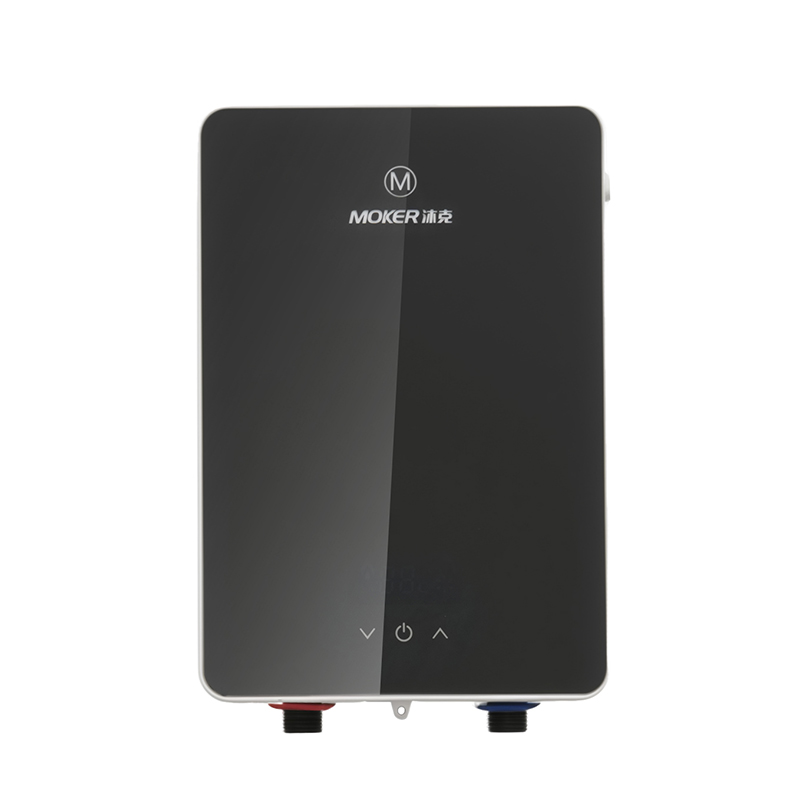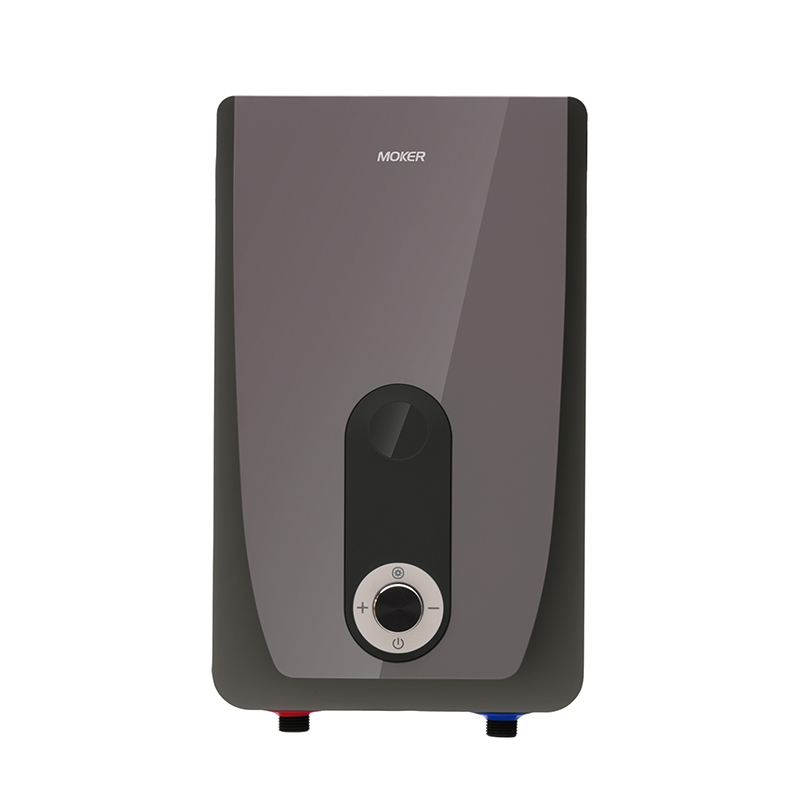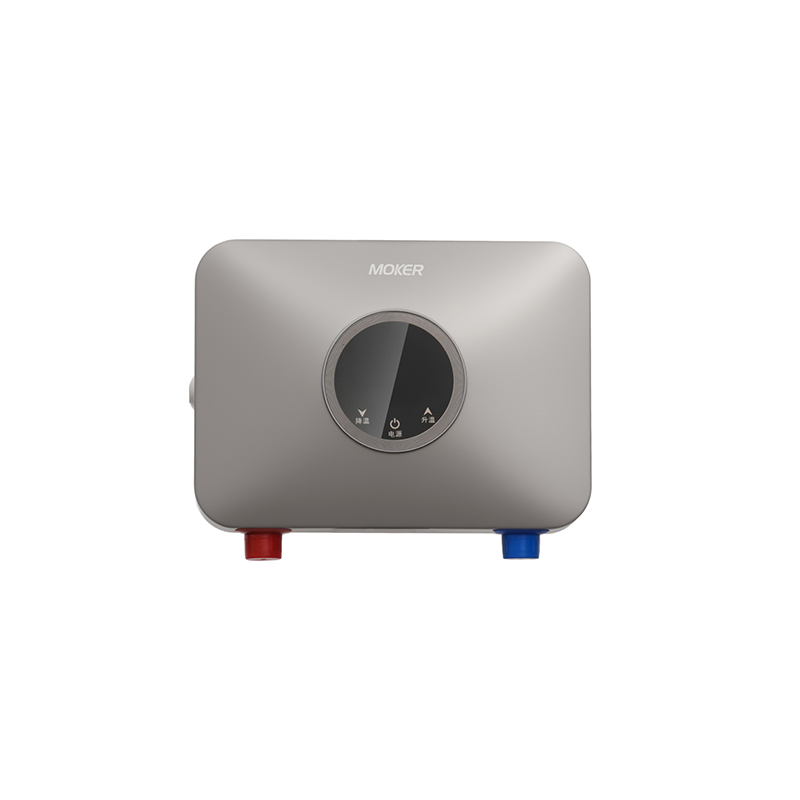Installation Space Environment Requirements of Different Water Heaters
Installation space environment requirements refer to the specific conditions a water heater needs in its installed location—including temperature range, humidity level, ventilation quality, and load-bearing capacity—to operate safely and efficiently. These requirements directly affect where a water heater can be placed (e.g., basement, closet, under-sink) and whether additional modifications (like adding vents or insulation) are needed. Electric water heater, Tankless Water Heater, Instant water heater, electric tankless water heater, and instantaneous water heater electric each have distinct environment demands, shaped by their design and operational traits.
Electric water heater requires a spacious, temperature-stable installation space. Electric water heater needs a minimum clearance of 6–12 inches around its tank to ensure proper airflow and ease of maintenance—crowded spaces (like tight utility closets) can trap heat, reducing efficiency. The ideal temperature range for Electric water heater’s installation space is 40–90°F: temperatures below 40°F increase standby heat loss (as the tank loses more heat to cold air), while temperatures above 90°F risk overheating the unit’s electrical components. Electric water heater tolerates moderate humidity (up to 60%) but requires protection from direct water exposure (e.g., no installation under leaky pipes) to prevent electrical shorts. For load-bearing,Electric water heater (40-gallon model weighs 100–150 lbs when full) needs a sturdy floor or wall mount (for vertical models) that can support its weight without sagging—wooden floors or concrete slabs are ideal, while lightweight shelving is unsuitable. No special ventilation is needed for Electric water heater, as it has no combustion byproducts, but the space should be well-ventilated to control humidity.
Tankless Water Heater demands a well-ventilated, temperature-controlled installation space. Gas-powered Tankless Water Heater (a key variant of Tankless Water Heater) requires mandatory exterior venting—either through a direct vent pipe to the outside or a power vent (with a fan) to expel combustion gases (carbon dioxide, water vapor). Poor ventilation for gas Tankless Water Heater can lead to gas buildup and carbon monoxide poisoning. The installation space for Tankless Water Heater (both gas and electric) needs a temperature range of 32–104°F: freezing temperatures can damage gas lines or water pipes, while extreme heat (above 104°F) impairs the unit’s control board. Tankless Water Heater tolerates high humidity (up to 80%) but needs protection from direct rain or snow (no outdoor installation without a weatherproof cover). For electric Tankless Water Heater (part of the Tankless Water Heater category), the space needs a 240V electrical outlet within 3–5 feet, and the wall mount must support 30–50 lbs (lighter than Electric water heater).
Instant water heater requires a compact, humidity-controlled installation space. Instant water heater’s small size (typically 12–18 inches tall) allows installation in under-sink cabinets or small utility niches, but the space needs minimum clearance of 3–4 inches around the unit for airflow. The ideal temperature range for Instant water heater’s installation space is 50–85°F: cold temperatures (below 50°F) slow heating, while hot temperatures (above 85°F) risk overheating its high-wattage elements. Instant water heater is sensitive to high humidity (above 55%)—under-sink spaces with poor airflow can lead to condensation on the unit’s exterior, which may seep into electrical connections and cause malfunctions. For load-bearing,Instant water heater (5–10 lbs) is lightweight enough for standard under-sink shelves or wall mounts, but the surface must be flat to prevent tipping. No special ventilation is needed, but the space should have a small air gap to reduce humidity buildup.
Electric tankless water heater needs a balanced installation space—spacious enough for venting (if needed) and stable in temperature. electric tankless water heater requires a clearance of 8–10 inches around its body to prevent heat buildup, making it suitable for medium-sized utility closets or basement corners. The installation space temperature range for electric tankless water heater is 35–95°F: freezing temperatures require pipe insulation to prevent water damage, while heat above 95°F can reduce the unit’s lifespan. electric tankless water heater tolerates humidity up to 70% but needs a dry surface (no damp walls) to avoid corrosion on its metal components. For load-bearing,electric tankless water heater (20–30 lbs) needs a wall mount that can support its weight, and the wall must be strong enough to hold the unit plus any attached pipes. Unlike gas Tankless Water Heater, electric tankless water heater has no combustion venting needs, but the space should be well-ventilated to keep the unit cool.
Instantaneous water heater electric requires an ultra-compact, low-humidity installation space. instantaneous water heater electric’s tiny size (6–12 inches tall) allows installation in the smallest under-sink cabinets or bathroom vanities, with only 2–3 inches of clearance needed around the unit. The ideal temperature range for instantaneous water heater electric’s installation space is 55–80°F: cold temperatures (below 55°F) can cause its micro-coil to take longer to heat, while heat above 80°F may damage its small circuit board. instantaneous water heater electric is highly sensitive to humidity (above 50%)—even minor condensation in a tight under-sink space can short its electrical components, so the space needs a small vent or dehumidifier pad. For load-bearing,instantaneous water heater electric (2–5 lbs) is lightweight enough for plastic under-sink shelves, but the surface must be secure to prevent the unit from falling. No ventilation is needed beyond basic airflow, as the unit produces no heat buildup.
Installation space environment requirements align with water heater size and function: Electric water heater needs the most space, Tankless Water Heater needs the most ventilation, while instantaneous water heater electric needs the least space. Matching a water heater to available space conditions ensures safe operation—e.g., gas Tankless Water Heater for well-ventilated garages, instantaneous water heater electric for small bathroom vanities. Ignoring these requirements can lead to efficiency loss, component damage, or safety hazards.





